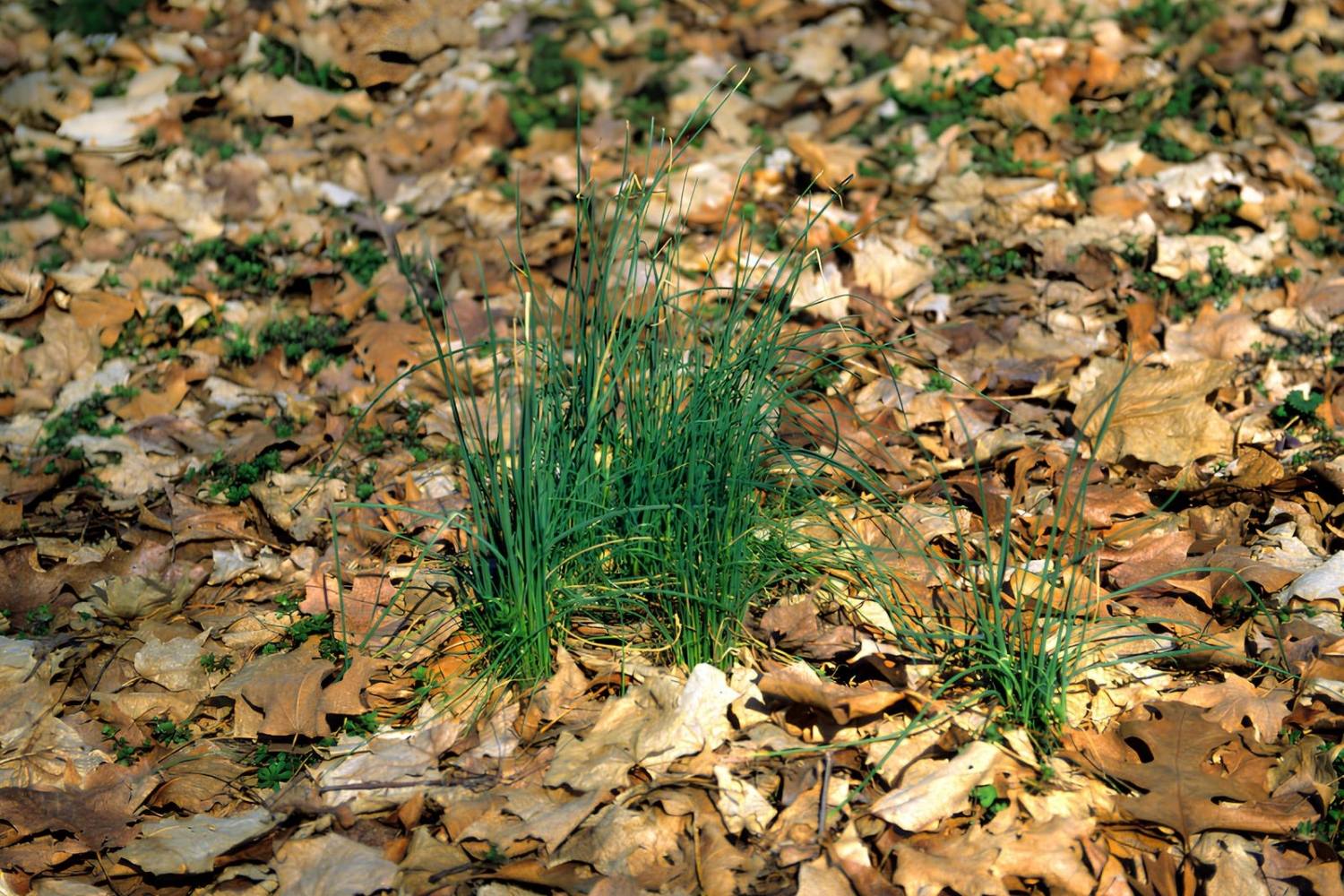Hidden Wild Garlic Patches In West Virginia

Have you ever wondered where to find wild garlic in West Virginia? This state, known for its rolling hills and lush forests, hides some of the best spots for foraging. Wild garlic, also called ramps, grows abundantly in the Appalachian region. These flavorful plants usually appear in early spring, making them a sought-after treat for both locals and visitors. Imagine walking through a dense forest, the earthy aroma of wild garlic guiding your steps. Whether you're a seasoned forager or a curious beginner, West Virginia offers a unique opportunity to connect with nature and enjoy a delicious, natural bounty. Ready to find your own patch? Let's get started!
Why Wild Garlic?
Wild garlic, also known as ramps, is a springtime delicacy. Its unique flavor, a blend of garlic and onion, makes it a favorite among chefs and foragers. West Virginia, with its lush forests and rolling hills, is a prime spot for finding these hidden gems.
Best Time to Forage
The best time to forage for wild garlic is early spring, usually from late March to early May. The leaves are tender, and the bulbs are just right for harvesting. Remember to forage responsibly, taking only what you need and leaving plenty for the ecosystem to thrive.
Top Spots to Find Wild Garlic in West Virginia
1. Monongahela National Forest
Monongahela National Forest is a vast expanse of wilderness. The forest floor, rich with nutrients, is perfect for wild garlic. Look near streams and shaded areas.
2. Dolly Sods Wilderness
Dolly Sods Wilderness offers a unique landscape with its high-altitude plateau. The cool, moist conditions are ideal for wild garlic. Check the forested areas and meadows.
3. Seneca Creek Backcountry
Seneca Creek Backcountry is known for its beautiful trails and diverse plant life. Wild garlic thrives here, especially in the damp, shaded regions near the creek.
4. Cranberry Glades Botanical Area
Cranberry Glades Botanical Area is a treasure trove of plant species. The boggy conditions and rich soil make it a hotspot for wild garlic. Stick to the trails to avoid disturbing the delicate ecosystem.
5. Greenbrier River Trail
Greenbrier River Trail stretches for miles along the river. The moist, fertile ground along the trail is perfect for wild garlic. Look for patches near the water's edge.
6. Kanawha State Forest
Kanawha State Forest, close to Charleston, offers a mix of recreational activities and foraging opportunities. The forested areas, especially near streams, are prime spots for wild garlic.
7. Coopers Rock State Forest
Coopers Rock State Forest, with its stunning overlooks and dense woods, is another excellent place. The shaded, moist areas near rock outcrops are where wild garlic often grows.
8. New River Gorge National Park
New River Gorge National Park, famous for its dramatic landscapes, also hides wild garlic patches. Search near the riverbanks and in the forested areas.
9. Watoga State Park
Watoga State Park, the largest state park in West Virginia, offers abundant foraging opportunities. The rich, moist soil near streams and wooded areas is ideal for wild garlic.
10. Blackwater Falls State Park
Blackwater Falls State Park, known for its stunning waterfalls, also has hidden wild garlic patches. Look in the shaded, damp areas near the falls and along the trails.
Discovering Hidden Wild Garlic Patches
West Virginia offers a unique opportunity for foragers. Hidden wild garlic patches are scattered throughout the state. These spots provide a chance to connect with nature and enjoy a rewarding outdoor activity. Wild garlic, with its distinct flavor, can enhance many dishes.
When searching for these patches, look in wooded areas and near streams. Spring is the best time to find wild garlic. Always forage responsibly. Take only what you need and leave some for others.
Exploring these patches can be a fun adventure for families or solo explorers. It’s a great way to learn about local flora and enjoy the beauty of West Virginia. So, grab a basket, head out, and see what you can find. Happy foraging!

